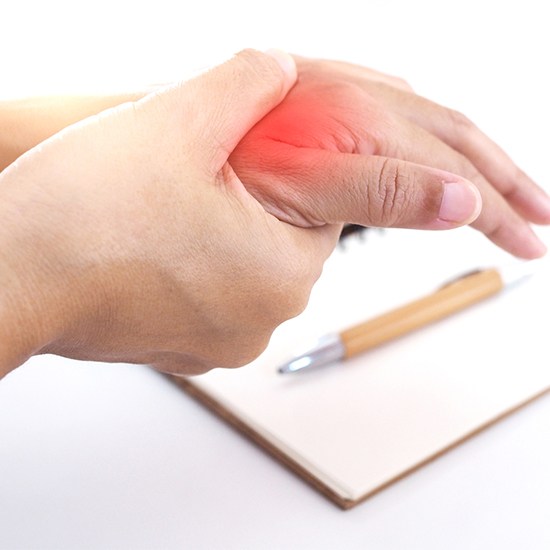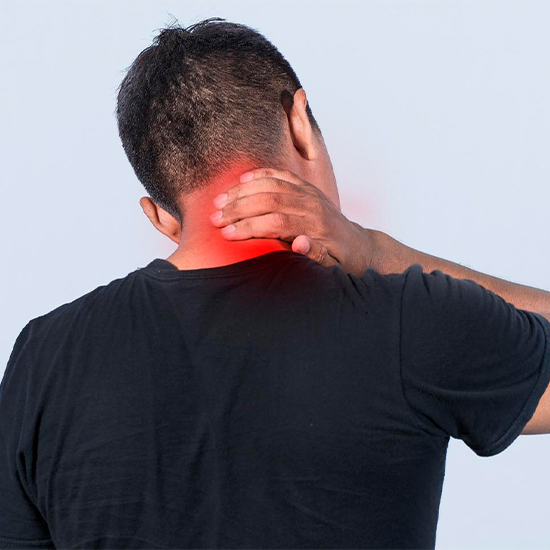
Can an Osteopath Fix Nerve Pain?
What Is Nerve Pain?


Common Causes of Nerve Pain (Sciatica, Trapped Nerves, etc.)
An excellent practice, with excellent therapists. I originally saw David with a bad lower back and got amazing results. Would recommend!
August 28, 2023
Symptoms and How Nerve Pain Differs from Other Pain Types

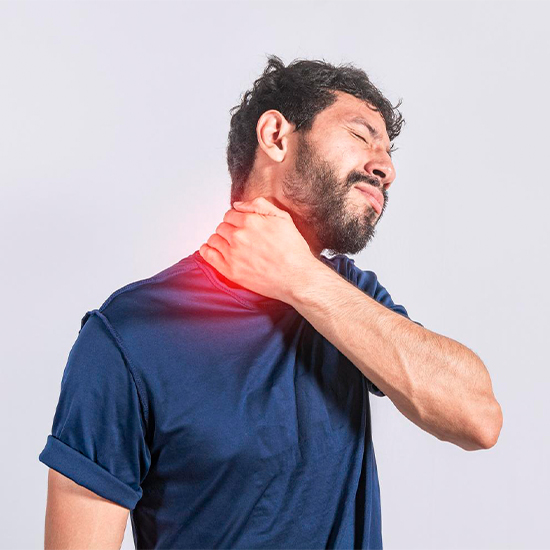
Osteopathic Approach to Diagnosing Nerve Pain
Techniques Osteopaths Use to Relieve Nerve Pain


Addressing the Root Cause of Nerve Pain
Common Nerve Pain Conditions Treated by Osteopaths

Sciatica and Osteopathic Treatment
Trapped Nerves and How Osteopathy Can Help


Managing Nerve Pain Due to Postural Issues
Absolutely brilliant. Lexi is a miracle worker, i always come away feeling back on track and realigned. I honestly dont know what i would do without her regular resets! She is lovely and the practice is always, welcoming, warm and quiet.
February 28, 2024
Benefits of Osteopathy for Nerve Pain Relief

Non-Invasive Pain Management Without Medication
Restoring Mobility and Function Through Gentle Manipulation
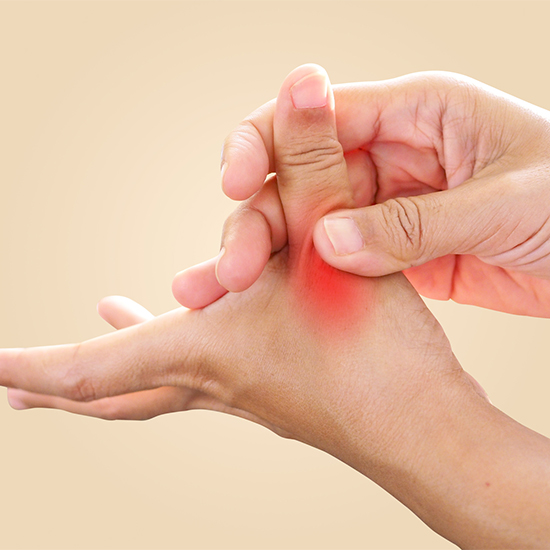
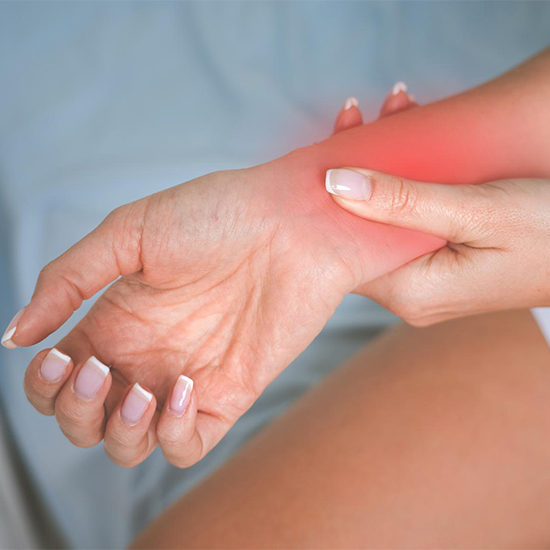
Long-Term Prevention of Nerve Pain Through Osteopathy
Have seen both David and Clare on and off over the last 4 years with lower back pain/stiffness. They really know their stuff and have always provided me with solutions to my lower back. My job is quite demanding and doesn't help the pain (lots of driving and lifting) but knowing David and Clare will always be there to help at Sanderstead Osteopaths it puts my mind at rest. I started going weekly and with the regular treatments it's eased the pain so now I am going every 2-4 weeks. I would highly recommend either of these guys!
August 28, 2023
Why Choose Sanderstead Osteopaths for Nerve Pain Treatment?
Expertise in Diagnosing and Treating Nerve Pain Conditions
